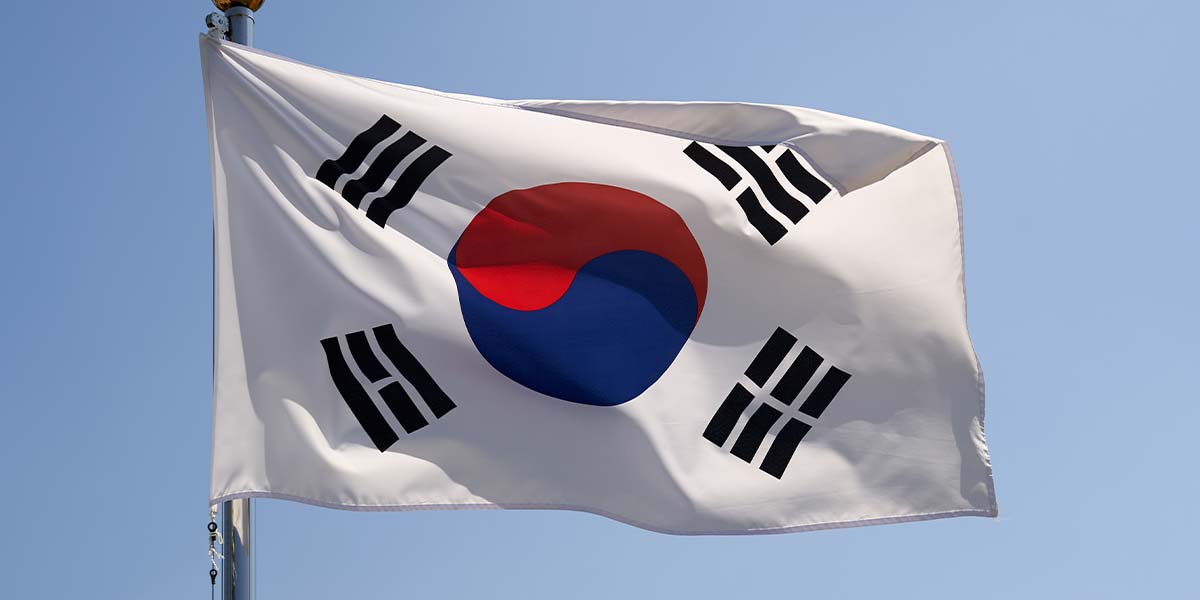South Korea’s government has announced an ambitious plan to ramp up fiscal spending in 2026, marking the sharpest budget increase in four years as President Lee Jae Myung’s administration prioritizes economic expansion through heavy investments in artificial intelligence.
The finance ministry on Friday proposed a 2026 budget of KRW 728 trillion ($524.4 billion), an 8.1% jump from the previous year—outpacing this year’s 2.5% hike and representing the strongest growth since 2022, excluding recent supplemental budgets.
This major increase arrives as Lee, who took office in June, pivots away from the fiscal restraint of his predecessor toward expansionary policy, particularly amid mounting challenges from higher U.S. tariffs and persistent demographic headwinds.
Recently, the South Korean government has put AI investment at the center of its economic agenda. The budget allocates a record 19.3% rise in research funds to KRW 35.3 trillion for AI, while industrial policy support will climb 14.7% to KRW 32.3 trillion to cushion tariff-hit exporters.
Despite South Korea’s fastest quarterly growth in over a year—thanks to robust technology exports and a consumer rebound—the economy faces looming risks from external tariffs and population decline. The Bank of Korea held rates steady for a second meeting but signaled a possible shift toward easing to counter U.S. trade actions.
Social welfare spending will increase 8.2% to KRW 269.1 trillion as Seoul seeks to stem the world’s lowest birthrate. Cultural sector funding rises 8.8% to KRW 9.6 trillion, while defense outlays climb 8.2% amid U.S. pressure.
South Korea’s fiscal deficit is projected to widen to 4.0% of GDP in 2026, up from 2.8% this year, with the debt ratio expected to hit 51.6%. The government plans net new bond issuance of KRW 115.7 trillion and will submit the plan for parliamentary approval.





